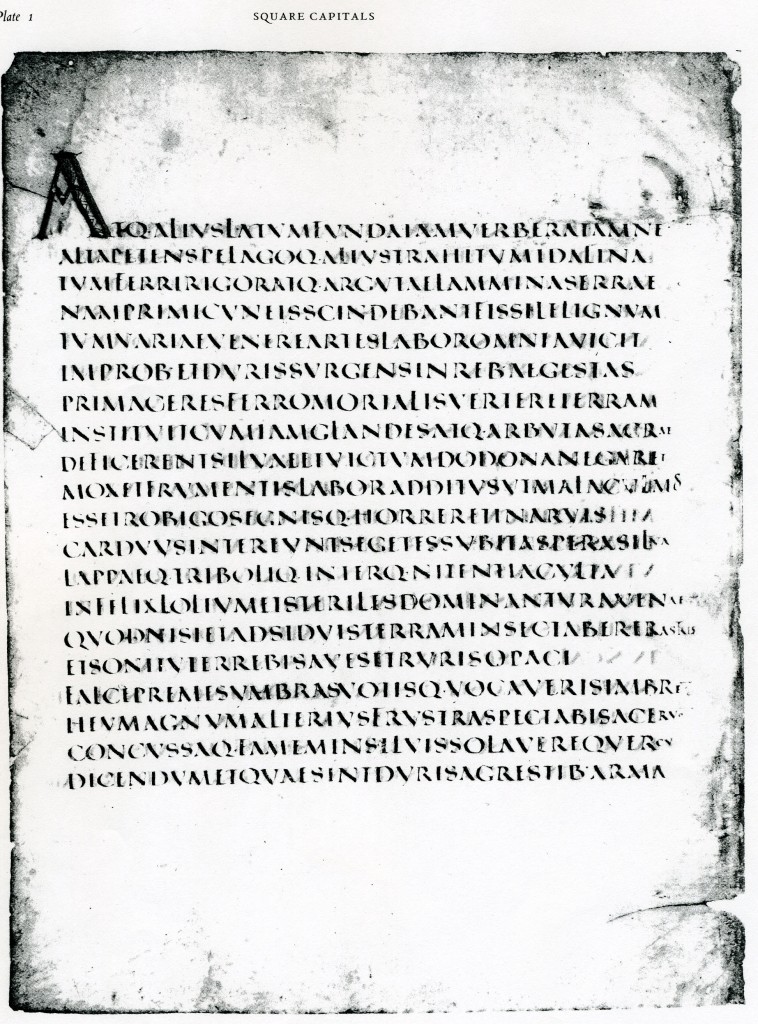The third chapter of Economics of Attention is where things start to get really interesting, at least for my interests. Lanham traces the evolution of text in an attempt to understand how it’s been used to convey meaning in ways that are beyond the actual meaning of the words. These include things like shape poetry, 3D letters, or even inserted painted stills in ancient manuscripts. More recently, this would include animated text as well. This is characterized as a way to attempt to efficiently add meaning – meaning through the words, but also meaning through the text that makes up the words.
Why this push to add meaning through text itself?
Again, to heal the breach between ordinary human kinesthetic motion and the abstract motions of conceptual thought, between dance and philosophy. Western notation has grown more and more remote from the felt realities of the world we evolved in, culminating in the symbolic logic notation pioneered by George Boole and Gottlob Frege in the nineteenth century. The digital expressive space moves back in the opposite direction, toward a more energetic oscillation between conceptual thought and behavior. (pp. 101-102).
The digital expressive, even the faster and faster cuts we see in TV and film, these are seeking feeling, movement, rather than abstract thought. In response to the argument that this is an abandonment Western literary values, Lanham argues it’s actually a return to the ancient Greek Homeric tradition, where “instead of talking about courage, he put Achilles into action.” (p.102-103).
Even more revolutionary than the printing press, Lanham argues, was the addition of spaces to the text. The image above represents a text that was written in all capital letters with no space. Although it’s possible to read text written in this way, it’s much slower and more difficult to process. Yet, it took over two millennia for that enhancement to come about.
The challenge, and the most interesting question to consider for our digital age, is what the modern equivalent of the space might be. Digital media seem poised to offer an immense advance in the way we understand information. So far, we have mostly seen the internet combine past media – we see video and text and images, all together, but all having existed before on their own. Is there a fundamental change – like the space was to text – that can transform how we take in information, making it easier and faster to process?
And that, I think, is discussion question enough for this week!
